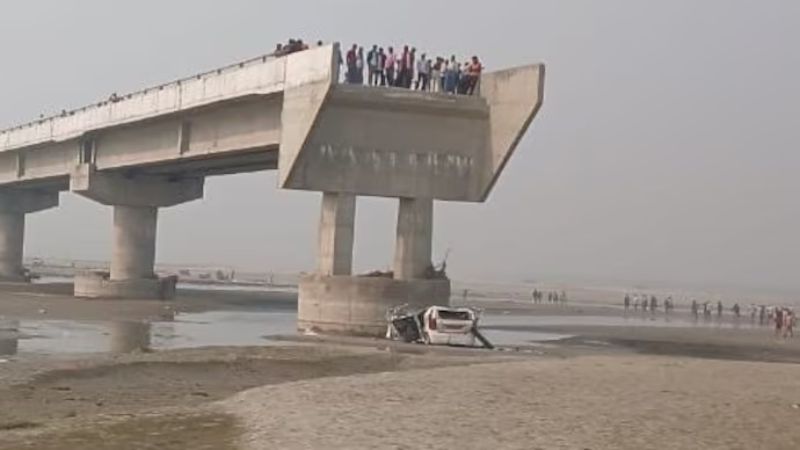There have been a number of tragic incidents in the last few years in which reliance on GPS navigation, especially Google Maps, has resulted in fatal accidents. The latest incident was in Uttar Pradesh’s Bareilly district on Saturday when three men lost their lives after their car was directed onto an under-construction flyover by Google Maps. This incident highlights the risks of blindly following navigation apps without exercising caution or exercising critical judgment.
The victims, who were identified as Vivek and Amit, along with a third person whose identity was yet to be ascertained, were heading from Gurugram to Bareilly for a marriage. While using Google Maps to navigate, the GPS guided them to a flyover that was still under construction. The road, which was meant to be barred with barricades not to have any vehicle to cross over, had no sign, and the car took an edge off the unfinished bridge and fell into the Ramganga River from a height of 50 feet. Although shallow, the impact with the river turned out to be fatal. The next morning, locals found the car, and the authorities came to collect the bodies for a post-mortem examination. The police assumed that the car, probably operating as a taxi, had been steered onto an incomplete bridge by mistake.
Needless to say, the incident drew extreme reactions from the families and relatives of the victims, as they never imagined that improper barricading and warning signs could lead to something so grave. They demanded an investigation for negligence on the part of the construction department and sought an FIR to be filed against them. This accident portrays the apparent greater reliance on GPS without analyzing real-time conditions on the ground, especially in areas under construction or those with less than appropriate infrastructure.
This incident in Bareilly is not an incident in isolation. The same thing has happened elsewhere in the world. It has been found out how navigation systems, so useful and wonderful, can sometimes put drivers into big trouble as well. In the UK, especially in small towns and villages surrounding Winchester, motorists have gotten themselves into big trouble stuck. In the village of Exton, a sign was erected to warn drivers to not take GPS directions as gospel and to use their common sense.
In 2007, in the city of Lucerne, Switzerland, a German truck driver, following the instructions on his GPS, drove down a busy pedestrian walkway, ignoring several “No Entry” signs. He ended up in a cherry tree. The damage to the vehicle was extensive. Swiss workers had to cut the tree down using chainsaws to free the truck. The driver was fined for his carelessness, but the incident raised questions about the accuracy and reliability of GPS guidance, especially when drivers don’t fully pay attention to their surroundings.
In the U.S., in 2008, a bus driver who was following GPS instructions drove his school bus, carrying a girls’ softball team, under a pedestrian bridge in Washington Park Arboretum. The height of the bus was 12 feet, whereas the bridge was only 9 feet high. It had flashing lights and signs warning that the bridge clearance was low. There were minor injuries to a few students, and the charter bus’ roof was torn. The charter bus company shifted the blame, claiming that the GPS guided them to the route because the navigation system had recommended it.
One of the most tragic events happened in Kerala in 2022 when two doctors died after following a GPS into the Periyar River in the pouring rain. The doctors, relying exclusively on the GPS navigation system in poor visibility, failed to observe a critical turn and drove into the river straight. Locals who rescued three passengers within minutes had no luck saving two doctors. This incident accentuated the importance of prudence when using GPS in bad weather or unfamiliar places.
These incidents indicate how reliance on navigation by technology can be perilous. While GPS systems, including Google Maps, have been quite useful in finding routes, sometimes it leads to hazardous situations, especially when the road is under construction, not well marked, or not safe. Driving requires a cautious and judgmental sense that should always come with real-time conditions, road signs, and local advice rather than following GPS directions blindly. This is because, though strong, technology is not infallible, and the human eye remains some sort of safeguard against dangers on the road.
